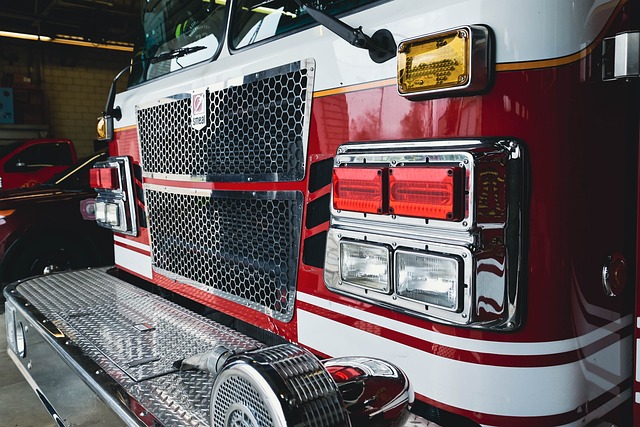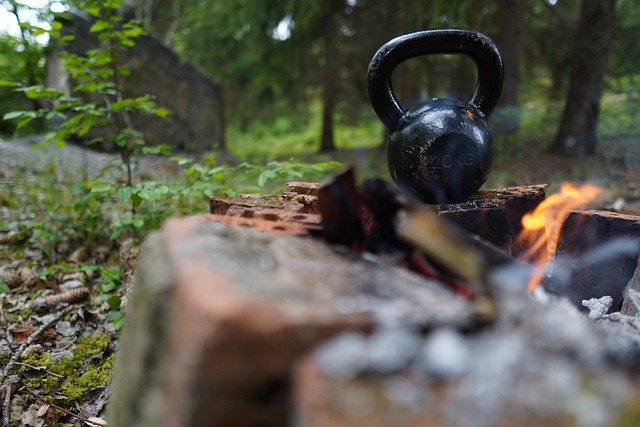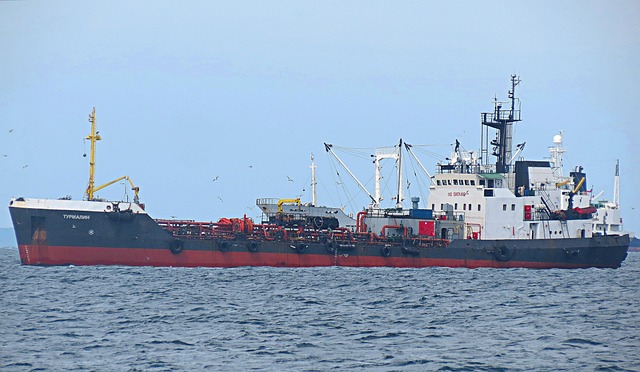Hazmat training props are vital tools for preparing Northwest emergency responders to handle diverse hazardous scenarios involving toxic substances, explosives, and biological agents. These specialized simulants enhance skills in hazard identification, PPE donning, decontamination, and response coordination, ensuring swift and confident action during real emergencies. By incorporating local elements like terrain and water into simulations, these props significantly improve the region's disaster preparedness, fostering better team coordination and protocol adherence. Prioritizing realistic, diverse scenarios with interactive elements ensures emergency teams are equipped to handle unexpected hazmat events effectively, enhancing safety for both responders and communities.
In the dynamic landscape of northwest emergency response, effective Hazmat training props are indispensable tools. This article explores the vital role of specialized equipment in preparing responders for real-world hazardous material management scenarios. We delve into the need for tailored training, design principles for realistic exercises using northwest-specific props, and the significant benefits they offer. From enhancing preparedness to fostering operational efficiency, hazmat training props prove to be a game-changer for emergency services across the region.
- Understanding Hazmat Training Props: Their Role in Northwest Emergency Response
- The Need for Specialized Training in Hazardous Material Management
- Designing Realistic Training Scenarios Using Northwest-Specific Hazmat Props
- Benefits of Using Training Props: Enhancing Preparedness and Efficiency
- Choosing the Right Hazmat Training Props for Your Northwest Team
- Case Studies: Successful Implementation of Hazmat Training Props in Northwest Emergency Services
Understanding Hazmat Training Props: Their Role in Northwest Emergency Response
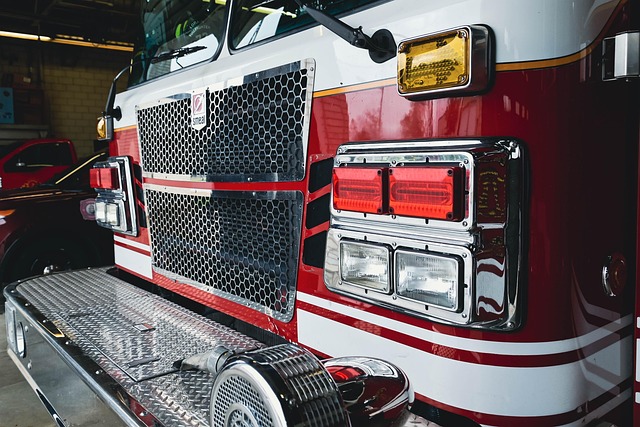
In the dynamic and critical environment of northwest emergency response, understanding Hazmat (Hazardous Material) training props is paramount. These specialized training tools play a pivotal role in preparing responders to handle diverse hazardous scenarios effectively. Hazmat training props serve as realistic simulants, allowing first responders, including firefighters, paramedics, and police officers, to gain hands-on experience in managing potential disasters involving toxic substances, explosive materials, or biological agents.
By utilizing these props, northwest emergency responders can enhance their skills in identifying hazards, donning personal protective equipment (PPE), decontaminating individuals and areas, and coordinating response strategies. The realistic nature of these training aids ensures that when a real emergency arises, responders are better equipped to act swiftly and confidently, ultimately reducing risks and improving outcomes for both the responders and the communities they serve.
The Need for Specialized Training in Hazardous Material Management
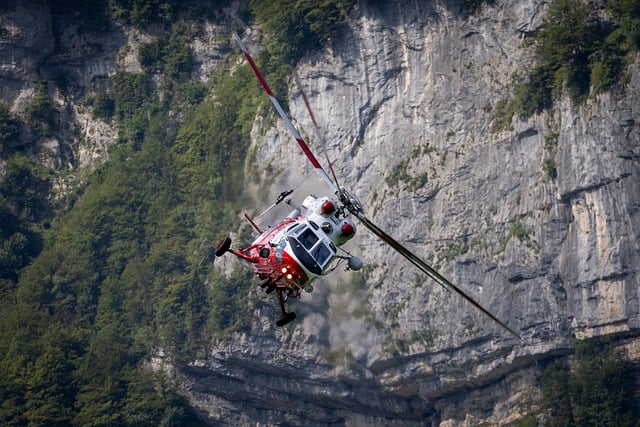
In the dynamic and often unpredictable landscape of emergency response, specialized training in hazardous material (hazmat) management is more crucial than ever. The Northwest, with its diverse industrial sectors and potential environmental hazards, requires responders to be equipped with advanced skills to handle incidents involving toxic substances, radiation, or other dangerous materials. Traditional first responder training may not always cover the intricacies of hazmat management, leading to gaps in preparedness during critical situations.
Hazmat training props, such as those developed for the Northwest region, play a pivotal role in bridging these gaps. These realistic simulation tools allow emergency responders to practice their skills in a controlled environment, enhancing their ability to react swiftly and effectively when confronted with real-world hazmat scenarios. By engaging with these props, responders gain invaluable experience in identifying hazardous materials, implementing decontamination procedures, and coordinating with specialized teams—all essential aspects of safe and efficient hazmat management.
Designing Realistic Training Scenarios Using Northwest-Specific Hazmat Props

In designing emergency response training scenarios, especially for hazardous material (hazmat) incidents, utilizing realistic props tailored to the Northwest region is a game-changer. These hazmat training props allow responders to prepare for unique challenges presented by the diverse and often rugged terrain of the Northwest. By incorporating local environmental elements, such as dense forests, mountainous regions, or bodies of water, into training simulations, emergency personnel can gain invaluable experience in handling hazardous materials in these specific settings.
Northwest-specific hazmat props can include simulated oil spills in rivers, chemical releases in urban areas, or even forest fire scenarios involving toxic fumes. These realistic representations enable responders to practice various skills, from containment and decontamination to patient care and evacuation planning. Such immersive training enhances their readiness to tackle real-world emergencies, ensuring that they are equipped to handle the unique hazards inherent in the Northwest environment.
Benefits of Using Training Props: Enhancing Preparedness and Efficiency

Using realistic hazmat training props in Northwest emergency response training offers significant advantages. These tangible tools help first responders prepare for real-world scenarios, fostering a sense of familiarity and confidence when facing hazardous situations. By immersing themselves in simulated environments, trainees can enhance their problem-solving skills and decision-making under pressure.
The benefits extend beyond individual development; efficient training translates to improved emergency management. Responders become better equipped to handle hazmat incidents quickly and effectively, minimizing potential risks and protecting both citizens and the environment. This practical approach ensures that emergency teams are ready to deploy with enhanced preparedness and agility.
Choosing the Right Hazmat Training Props for Your Northwest Team
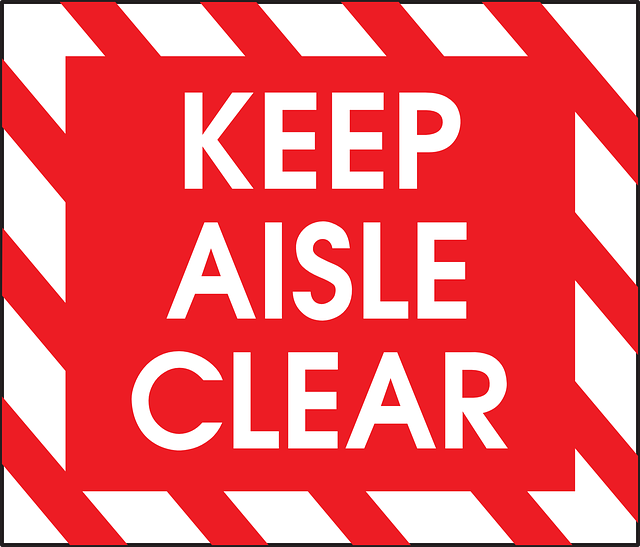
When selecting hazmat training props for your northwest response team, it’s crucial to consider the specific types of hazardous materials and incidents your crew is most likely to encounter. Realistic and diverse scenarios are key; choose props that mimic the appearance, odour, and physical properties of common northwest hazards like industrial chemicals, agricultural toxins, or even natural substances like oil spills.
Diverse training aids offer the best preparation for unexpected events. Incorporate a range of prop sizes, from small containers to large-scale mockups, to reflect varying incident scales. Consider adding interactive elements like sensors and digital readouts to enhance learning and allow trainees to experience different response strategies in a controlled environment.
Case Studies: Successful Implementation of Hazmat Training Props in Northwest Emergency Services
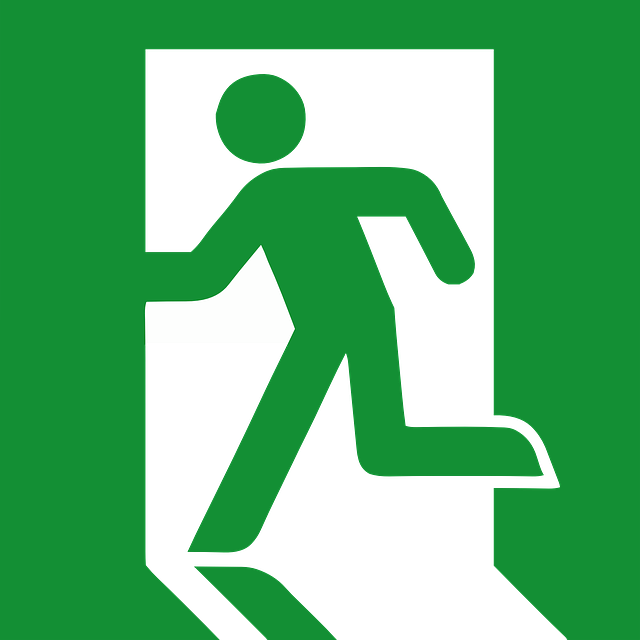
The successful integration of hazmat training props in Northwest emergency services has been a game-changer in enhancing response efficiency and safety. These realistic, yet controlled scenarios allow first responders to gain practical experience in managing hazardous materials incidents, from chemical spills to radiological emergencies. Case studies highlight how these props have elevated the region’s disaster preparedness, enabling teams to react swiftly and accurately.
One notable example involves a mock chemical leak at a local industrial site, where a specialized hazmat team utilized life-like mannequins and simulated hazardous substances to train for containment and decontamination. The exercise proved invaluable, demonstrating improved coordination among various emergency services and better adherence to protocols. This hands-on approach not only boosts responder confidence but also ensures they are well-prepared to face real-world challenges, making the Northwest a safer place in the event of hazmat emergencies.

